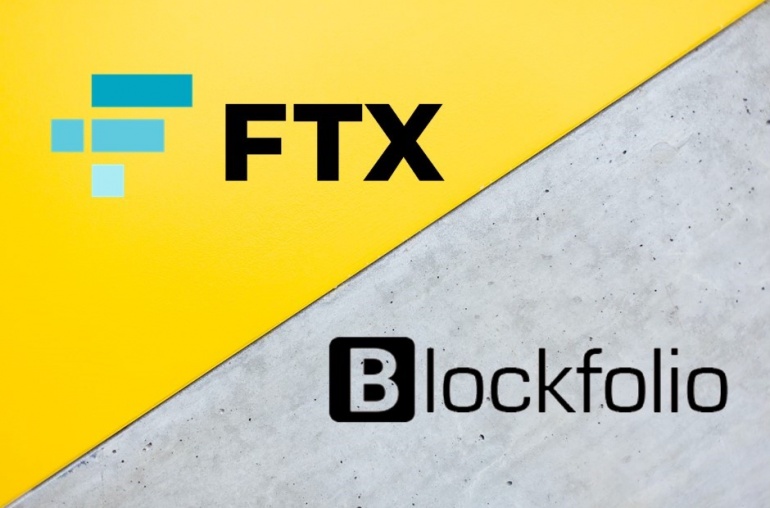
- Nursing heavy losses amid a tech rout that has caused performance across one of the world’s largest hedge funds to end the second quarter down 63.6%, Tiger Global’s flagship fund is now down just over 50% after fees for the first half of the year.
- Although the losses have dented Tiger Global’s enviable track record, its flagship fund, launched in 2001 has nonetheless recorded net annual returns just shy of 15%, an amazing feat by any measure.
It’s been said that professional investors like to buy when it’s cheap and retail loves to buy when it’s expensive.
And for professional investors who are looking to buy a slice of legendary hedge fund Tiger Global, there may be no better time than now.
Nursing heavy losses amid a tech rout that has caused performance across one of the world’s largest hedge funds to end the second quarter down 63.6%, Tiger Global’s flagship fund is now down just over 50% after fees for the first half of the year.
But depending on one’s perspective, this might be the opportune time to buy into a slice of the action of what has until fairly recently, been one of the best performing hedge funds of all time.
Rising global inflation and central banks determined to stave off price pressures have tanked whole sectors that have known nothing other than growth, especially tech stocks.
Tiger Global’s exposure to technology and software companies in the U.S. and China had made it among the best performing and fastest growing hedge funds in the world over the past decade, chalking up tens of billions of dollars in profits.
But the persistence of inflation and the willingness of central banks to hike interest rates to combat price pressures has been unprecedented and blindsided not just policymakers, but the hedge funds that have benefited off that boom as well.
Nevertheless, because central banks can’t and won’t raise interest rates indefinitely, Tiger Global’s prospective clients may be finding themselves in an opportunity to buy on the cheap as evidenced by last month’s performance.
Tiger Global’s flagship fund gained 0.4% in July, putting year-to-date losses at 49.8%, whereas its long-only fund clocked an admirable 4.6% in July and the crossover fund notched up 2.9%.
Although the losses have dented Tiger Global’s enviable track record, its flagship fund, launched in 2001 has nonetheless recorded net annual returns just shy of 15%, an amazing feat by any measure.
Private investments have helped to soften the blow of marked-to-market losses from Tiger Global’s holdings in more liquid public markets, but was still marked down in the second quarter despite positive operating performance overall.
Significantly, Tiger Global has promised to maintain the same approach it held since it was founded in the wake of the dotcom bust, and for a hedge fund that has survived numerous crises, the lessons learned from current conditions, should put fresh investors in good stead for years to come.



